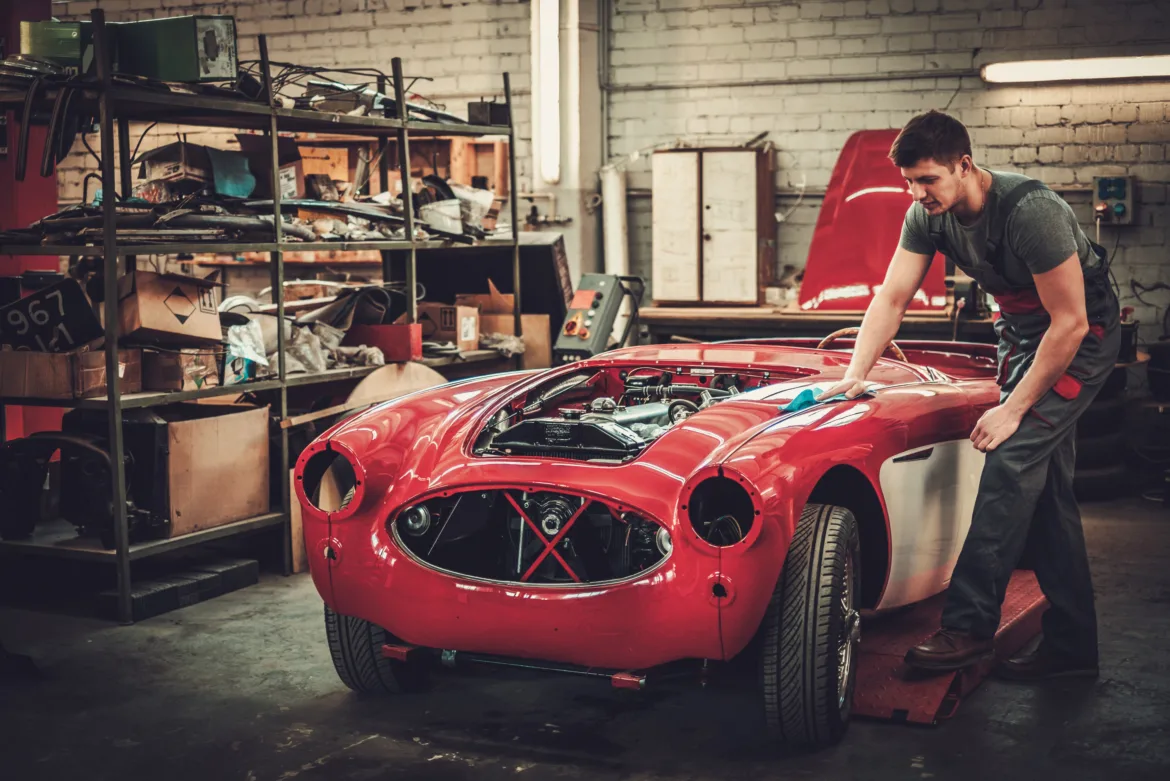Common Mistakes to Avoid When Restoring a Salvage Car

Buying a salvage car and restoring it is an easy way to own your dream vehicle without breaking the bank, but you need to have a clear plan to carry out the repairs before it can return to the road. If you are planning to go the DIY way, it is important to have a roadmap and the required resources before you kick-off your auto restoration project. To help you, in this post, we’re sharing some common mistakes to avoid when restoring a salvage car. Read on.
- Starting without a Roadmap
Auto restoration generally involves many things to do, and it’s easy to lose track. You should, therefore, have a list of the tasks to be performed and decide a timeline for each. If there are multiple people working on the project, each member should know their exact responsibilities and their respective timelines. Getting your hands dirty without a proper plan in place can not only cause delays but can also make you spend more than you need to. - Buying Cheap Parts
When restoring a salvage car, it is essential that you invest in genuine or OEM parts rather than going for cheap aftermarket alternatives. While installing cheap parts may cost you less upfront, they may end up causing troubles and cost you significantly more in the long run. Sourcing authentic parts from a trusted dealer will help ensure a reliable end product and save you from hassles down the road. - Ignoring Minor Issues
Any issues on your salvage car, no matter how big or small, must be addressed at the time of repair. Ignoring minor issues just to save some money will most likely end up proving counterproductive. Be it a small patch of body rust or malfunctioning dashboard notifications, every minor glitch must be fixed during the restoration process. - Not Having an Organized Setup
A well-organized workspace is essential for a hassle-free auto restoration project. When working with a number of tools and auto components such as nuts, bolts, and parts, it is essential that you store everything meticulously and use appropriate labels. Using disposable food containers and labelling them can be a helpful storage solution. - Using Improper Tools
A DIY workshop may not have all the tools required for a restoration project. It is, therefore, important to prepare a list of the tools that will be required to carry out the needed repairs. You can either buy the tools you don’t have or borrow them from a friend who might have their own workshop. Using improper tools will not only increase the hours invested, but can also damage components.
Lastly
Restoring a salvage car can be an extremely satisfying and rewarding process, provided you steer clear of common pitfalls and do your homework. If you haven’t got your hands on a salvage car yet, check out AutoBidMaster’s online repairable car auctions. You can take your pick from a number of different makes and models, while bidding online from the comfort of your home. If you have any questions or would like to learn more about any of the repairable cars for sale in our inventory, simply call +1 (503) 298-4300 between 6:00 AM and 4:00 PM, Monday through Friday (PST), or email support@AutoBidMaster.com.
- The Advantages of Salvage Car Parts - November 3, 2025
- Buying Salvage Cars: What to Expect on Auction Day - May 22, 2025
- Is Buying a Hail Damage Car Worth It? A Detailed Guide - December 2, 2024